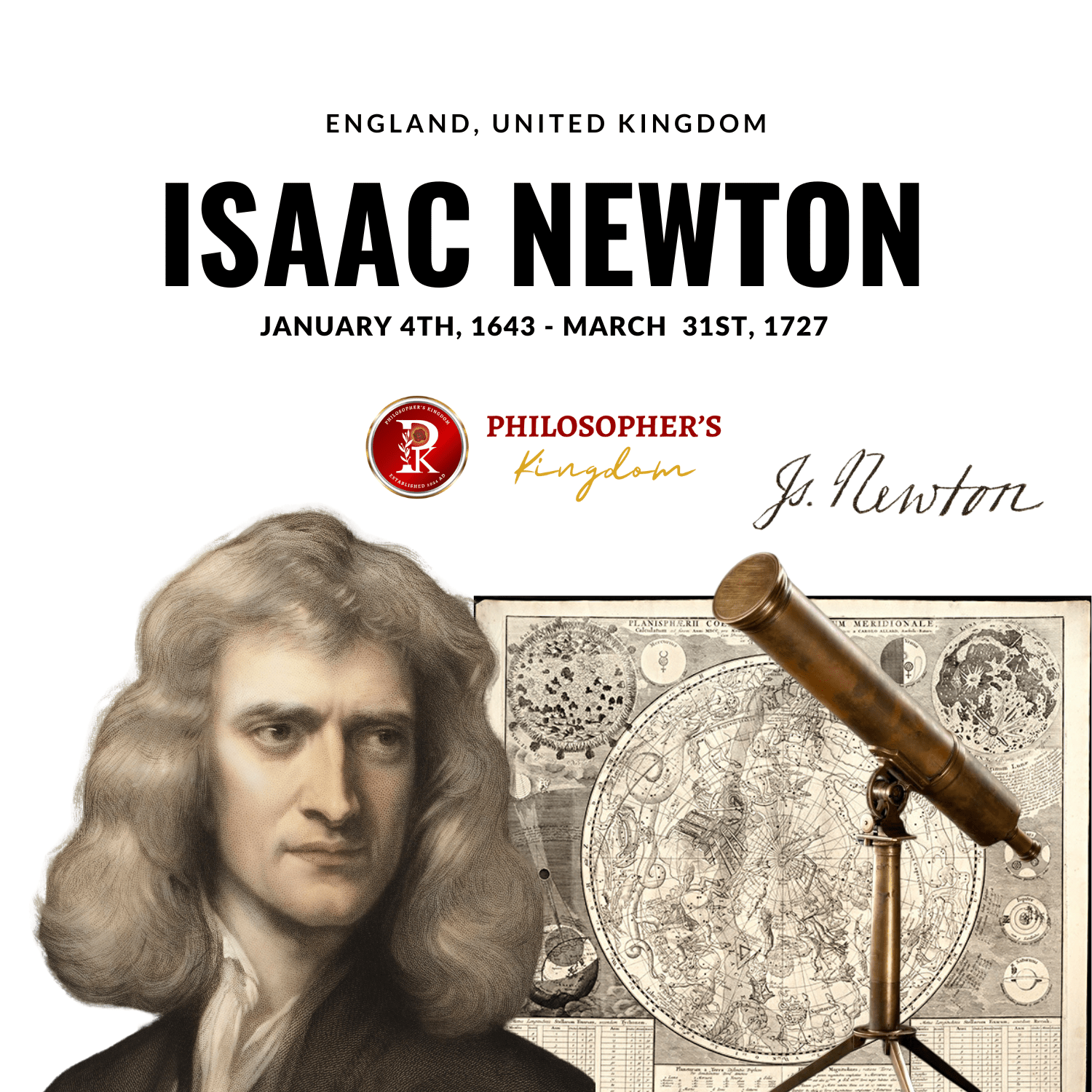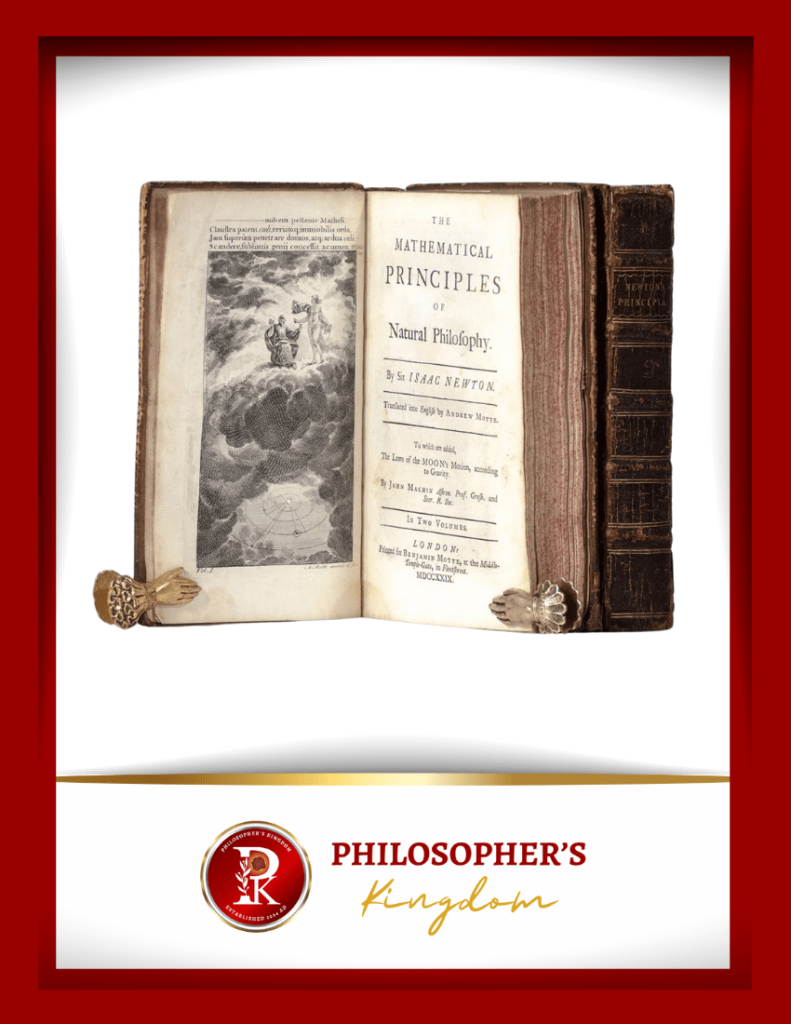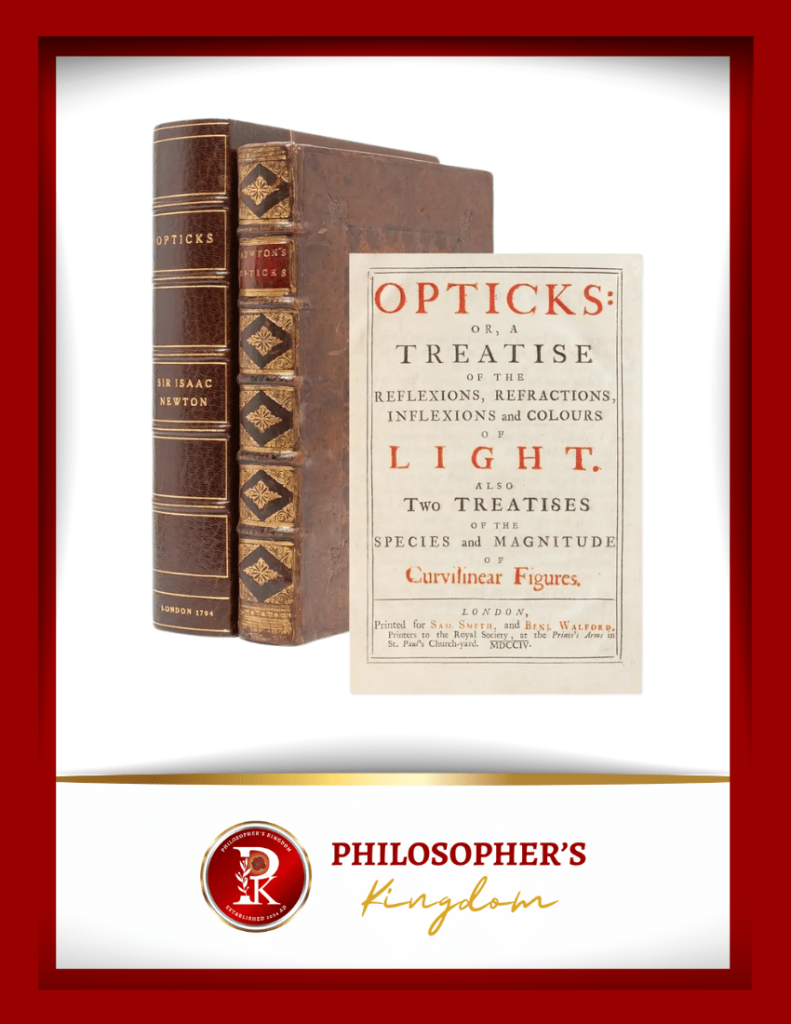

The History of Isaac Newton
Born: January 4th, 1963
Assumed Death: March 31st, 1727
Place of Birth: Lincolnshire, England
Astrological Sign: Capricorn
Affiliated Orders: Rosicrucians
Most Known For: Newton’s Law of Gravity
Most Famous Work: Mathematical Principles of Natural Philosophy
Isaac Newton was a man of many talents, and a true genius in every sense of the word. He was a renowned Scientist, Mathematician, Philosopher, Astrologer, and Alchemist. Above all Newton was a mystic who had tapped into a source of knowledge that is as profound today as it was when he began his writings. Among his many accomplishments, he not only mapped the movements of the heavens, but actually invented the first practical Reflective Telescope. He is also credited along with fellow mathematician Gottfried Wilhelm Leibniz as the inventor of modern day Calculus.
The Childhood of Isaac Newton
Isaac was born in a small settlement near Lincolnshire, England in the year 1643 A.D. of the Gregorian Calendar. It is worth noting that Isaac Newton was born on the 25th of December according to the Julian Calendar that was used in the place and time of his birth, which has long been the birth date of many important prophets and wise men. This date has seen the birth of Buddha, Zarathustra (Zoroaster), Hermes, Adonis, & Jesus Christ himself. All of these individuals were said to have been born without an early father, and ironically Isaac’s father passed away 3 months prior to his birth. Not much is known about the early days of Isaac Newton, but it is said that he possessed a profound wisdom and intelligence at a very early age.
The Teenage Years of Isaac Newton
From the age of 12, Isaac began attending The King’s School in Grantham. This school has a rich history as an all-boys grammar school dating back to 1329 A.D. It’s name is fitting, as it’s current location was named by the secretary of King Henry VII in the 16th Century A.D. Newton showed an aptitude for learning that was unmatched, and quickly made a name for himself. In his spare time he often built sundials and replicas of windmills, presumably due to an infatuation with the mechanics of nature. It is to be noted that his education was not without the challenges we all face in our youth, for in the year 1569 Newton left school due to internal conflicts he was having, but returned shortly thereafter. Newton would go on to become top of his class. There was a custom for the children to carve their names into the walls of the library, and Newton’s signature can be seen on the walls of this historic building to this day.
The Adult Life of Isaac Newton
At the age of 18 Isaac began his attendance of Trinity College, a division of the University of Cambridge. This prestigious school has been home to 34 Nobel Prize winners, and includes famous alumni such as Francis Bacon, James Clerk Maxwell, & Ernest Rutherford. He entered the university as a “Subsizar”, meaning his cost of college was subsidized by performing work, and he began his duties as an assistant. In 1664 he was awarded a scholarship, and would have his entire university fees covered until the completion of his Master of Arts (MA) Degree. While attending, Isaac would go on to study the likes of Aristotle & Galileo Galilei, finding a passion for philosophy as it relates to nature.
In 1667, Newton was elected as a Fellow of Trinity College. It was in this moment that he was ordained as an Anglican Priest, and required to take Holy Orders which stated “I will either set Theology as the object of my studies and will take holy orders when the time prescribed by these statutes arrives, or I will resign from the college.” In 1669 he was elected as Master of Trinity College, approximately 1 year after receiving his Masters Degree. In 1672, Newton was elected a Fellow of the Royal Society, which is the longest continually existing scientific academy in the world.
Isaac Newton would go on to become known as one of the most profound scientific minds of his time. His works have changed the way modern scientists look at light, telescopics, and gravity.
The Accomplishments of Isaac Newton
The inventions of Isaac Newton are vast and numerous. Here we will provide a brief summary and timeline of his accomplishments…
1667 – Published his first works on Calculus
1668 – Invented the first practical reflective telescope – The Newtonian Telescope
1687 – Newton publishes The Principia – his magnum opus on the Universal Laws of Motion – Includes Newton’s Law of Gravity
1696 – Newton invents a milled edge currency (coins) to prevent counterfeiting – Still used today in the United States of America
1704 – Newton publishes Opticks – This book changed the way the world looked at light, showing by experiment that white light contains all colors.


The Mathematical Principles of Natural Philosophy (The Principia)
Author: Isaac Newton
Publish Date: July 5th, 1687
Original Language: Latin
When was The Principia published?
The Principia was first published July 5th, 1687. It was written in Latin, and originally titled Philosophiæ Naturalis Principia Mathematica. It is comprised of 3 volumes.
Why was The Principia so important?
The Principia was the magnum opus of Isaac Newton. This book is where he first established his Universal Laws of Motion & Gravitation.
What was The Principia about?
The Principia is both a Mathematical & Philosophical book. It is written from the perspective of a scientific mystic, focusing on the natural laws of heaven & earth.
Opticks: Treatise of the Reflexions, Refractions, Inflexions, and Colours of Light
Author: Isaac Newton
Publish Date: April 1st, 1704
Original Language: English
When was Opticks published?
Opticks was first published on April 1st, 1704. It was written in English, and distributed in Great Britain. It is comprised of 3 volumes.
Why was Opticks so important?
Opticks was the book that changed the way the world looked at light. Newton proved through experimentation that white light contained all colors within.
What was Opticks about?
Opticks is a scientific masterpiece that focuses on the fundamental nature of light. This includes how light may be altered as it is refracted and reflected.


The History of Isaac Newton
Born: January 4th, 1963
Assumed Death: March 31st, 1727
Place of Birth: Lincolnshire, England
Astrological Sign: Capricorn
Affiliated Orders: Rosicrucians
Most Known For: Newton’s Law of Gravity
Most Famous Work: Mathematical Principles of Natural Philosophy
Isaac Newton was a man of many talents, and a true genius in every sense of the word. He was a renowned Scientist, Mathematician, Philosopher, Astrologer, and Alchemist. Above all Newton was a mystic who had tapped into a source of knowledge that is as profound today as it was when he began his writings. Among his many accomplishments, he not only mapped the movements of the heavens, but actually invented the first practical Reflective Telescope. He is also credited along with fellow mathematician Gottfried Wilhelm Leibniz as the inventor of modern day Calculus.
The Childhood of Isaac Newton
Isaac was born in a small settlement near Lincolnshire, England in the year 1643 A.D. of the Gregorian Calendar. It is worth noting that Isaac Newton was born on the 25th of December according to the Julian Calendar that was used in the place and time of his birth, which has long been the birth date of many important prophets and wise men. This date has seen the birth of Buddha, Zarathustra (Zoroaster), Hermes, Adonis, & Jesus Christ himself. All of these individuals were said to have been born without an early father, and ironically Isaac’s father passed away 3 months prior to his birth. Not much is known about the early days of Isaac Newton, but it is said that he possessed a profound wisdom and intelligence at a very early age.
The Teenage Years of Isaac Newton
From the age of 12, Isaac began attending The King’s School in Grantham. This school has a rich history as an all-boys grammar school dating back to 1329 A.D. It’s name is fitting, as it’s current location was named by the secretary of King Henry VII in the 16th Century A.D. Newton showed an aptitude for learning that was unmatched, and quickly made a name for himself. In his spare time he often built sundials and replicas of windmills, presumably due to an infatuation with the mechanics of nature. It is to be noted that his education was not without the challenges we all face in our youth, for in the year 1569 Newton left school due to internal conflicts he was having, but returned shortly thereafter. Newton would go on to become top of his class. There was a custom for the children to carve their names into the walls of the library, and Newton’s signature can be seen on the walls of this historic building to this day.
The Adult Life of Isaac Newton
At the age of 18 Isaac began his attendance of Trinity College, a division of the University of Cambridge. This prestigious school has been home to 34 Nobel Prize winners, and includes famous alumni such as Francis Bacon, James Clerk Maxwell, & Ernest Rutherford. He entered the university as a “Subsizar”, meaning his cost of college was subsidized by performing work, and he began his duties as an assistant. In 1664 he was awarded a scholarship, and would have his entire university fees covered until the completion of his Master of Arts (MA) Degree. While attending, Isaac would go on to study the likes of Aristotle & Galileo Galilei, finding a passion for philosophy as it relates to nature.



